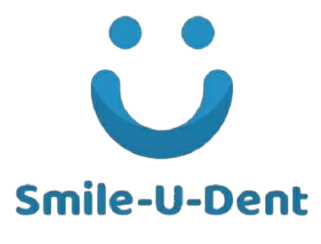

DENTAL LASER SOLUTIONS:
Dental laser solutions have revolutionized the field of dentistry, offering a range of benefits for both patients and dentists. Here's a comprehensive look at dental laser technology:
What are Dental Lasers?
Dental lasers are devices that emit a concentrated beam of light energy. In dentistry, they are used to perform a variety of procedures, from simple soft tissue procedures to more complex hard tissue treatments. The type of laser used depends on the specific procedure and the desired outcome.
Types of Dental Lasers
Diode Lasers:
•Versatile and commonly used for soft tissue procedures.
•Can be used for gum contouring, frenectomy (removing tissue restricting tongue movement), and other soft tissue surgeries.
•Offers minimal bleeding, faster healing, and reduced post- operative discomfort.
2.Erbium:YAG Lasers:
•Primarily used for hard tissue procedures.
•Effective for cavity preparation, removing tooth decay, and performing cosmetic procedures like enamel shaping.
•Provides precise and controlled tissue removal with minimal heat generation.
3.CO2 Lasers:
•Highly versatile, used for both soft and hard tissue procedures.
•Can be used for gum surgery, tooth decay removal, and cosmetic procedures like smile line enhancement.
•Offers precise cutting and coagulation capabilities.
Benefits of Dental Laser Solutions
•Reduced Pain and Discomfort: Laser procedures often require less anesthesia and cause significantly less pain during and after treatment compared to traditional methods.
•Faster Healing: Laser energy stimulates tissue healing, reducing
swelling and inflammation, and leading to faster recovery times.
•Minimal Bleeding: Lasers can cauterize tissue as they cut, minimizing bleeding during procedures.
•Reduced Risk of Infection: The laser beam sterilizes the treatment area, significantly reducing the risk of infection.
•Improved Precision: Lasers offer precise and controlled tissue removal, minimizing damage to surrounding healthy tissue.
•Enhanced Patient Experience: Reduced pain, faster healing, and minimal discomfort lead to a more comfortable and positive patient experience.
Common Dental Laser Procedures
Soft Tissue Procedures:
•Gum contouring
•Frenectomy
•Biopsy
•Aphthous ulcer treatment
Hard Tissue Procedures:
•Cavity preparation
•Enamel shaping
•Tooth whitening
Periodontal Treatment:
•Gum disease treatment
•Tissue regeneration
Important Considerations
•Cost: Laser dentistry can be more expensive than traditional methods, but the long-term benefits often outweigh the initial cost.
•Not All Procedures Are Suitable: Some procedures may still require traditional methods.
•Insurance Coverage: Check with your insurance provider to determine if laser dentistry is covered.
•Qualified Dentist: It's crucial to consult with a qualified dentist experienced in laser dentistry to determine if it's the right option for you.
Conclusion
Dental laser solutions have significantly advanced the field of dentistry, offering a range of benefits for both patients and dentists. By understanding the different types of lasers and their applications, you can make informed decisions about your dental care
